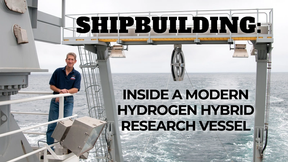ABS to Explore Rapid Verification of Additive Manufactured Parts
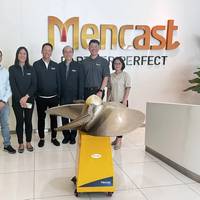
ABS and the Maritime and Port Authority of Singapore (MPA) are working together to develop a model-based additive manufacturing (AM) qualification framework for the maritime industry with the aim to reduce lead time and cost for AM part approvals.Traditional manufacturing processes rely on physical tests for verification and validation of their mechanical performance, including test coupons, specimens and prototype components. Additive manufacturing, while also currently dependent on physical tests…
Pelagus 3D and Doosan Enerbility Forge Additive Manufacturing Alliance
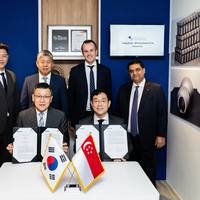
Pelagus 3D, a joint venture company of thyssenkrupp and Wilhelmsen, and Doosan Enerbility signed a memorandum of understanding (MoU) to advance the adoption of on-demand additive manufacturing (AM) in Korea’s maritime and offshore industries.The MOU was signed by Kenlip Ong, Chief Executive Officer of Pelagus 3D, and Yongjin Song, Executive Vice President of Strategy & Innovation of Doosan Enerbility, in Singapore at Pelagus 3D’s headquarters.The collaboration brings together Pelagus 3D’s engineering expertise in AM and in-depth maritime knowledge…
"AI is the Game Changer"
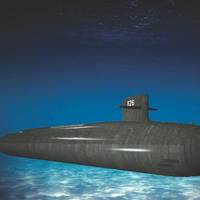
Austal USA Advanced Technologies is working with the US Navy on technical solutions that will power the next-gen of navy assets. Don Hairston recently took the helm of the AAT team, and discusses how additive manufacturing and artificial intelligence are powering the future of naval asset design, construction and lifecycle maintenance.Don, what specifically attracted you to the position as GM of Austal USA Advanced Technologies?I liked Austal USA as an up-and-comer; it offers tremendous growth opportunities.
3D Printing: Navy Builds Up Additive Manufacturing on Ships
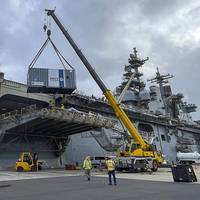
The U.S. Navy has long valued the potential of additive manufacturing (AM) and 3D Printing.AM refers to the depositing of material layer by layer to create an object. For the Navy, it’s not practical to carry every replacement part for every system on a ship, and it can be difficult to forecast if or when parts will fail. AM provides a flexible source of supply in being able to make parts instead of ordering them and waiting for them to arrive, especially for warships at the far end of the supply chain.



